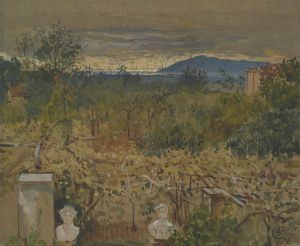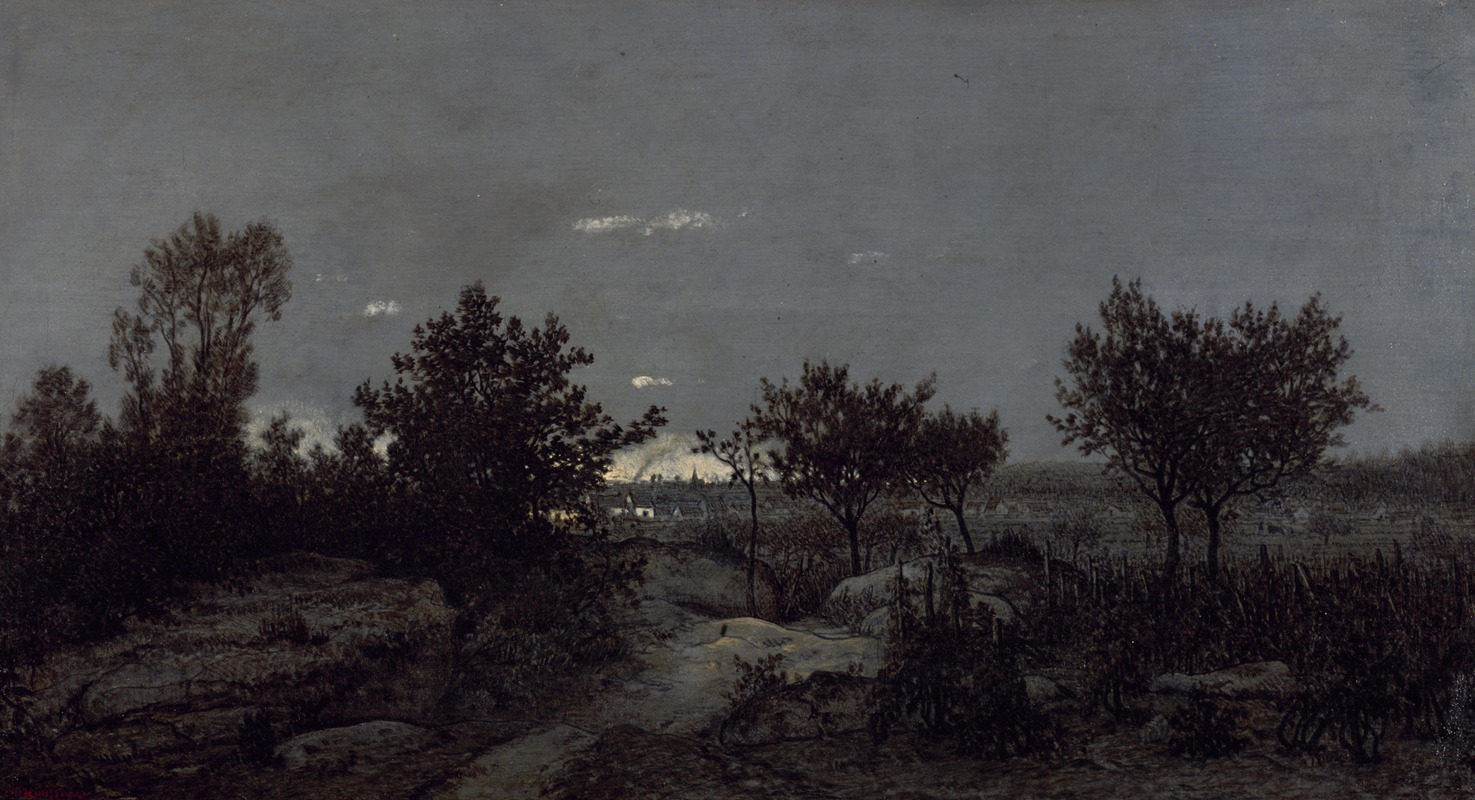
La campagne au lever du jour
A hand-painted replica of Théodore Rousseau’s masterpiece La campagne au lever du jour, meticulously crafted by professional artists to capture the true essence of the original. Each piece is created with museum-quality canvas and rare mineral pigments, carefully painted by experienced artists with delicate brushstrokes and rich, layered colors to perfectly recreate the texture of the original artwork. Unlike machine-printed reproductions, this hand-painted version brings the painting to life, infused with the artist’s emotions and skill in every stroke. Whether for personal collection or home decoration, it instantly elevates the artistic atmosphere of any space.
Théodore Rousseau's painting "La campagne au lever du jour" (The Countryside at Dawn) is a notable work by the French artist, who was a prominent figure in the Barbizon School, a movement that played a crucial role in the development of landscape painting in the 19th century. Rousseau, born in Paris in 1812, was known for his dedication to capturing the natural beauty of the French countryside, often painting en plein air, or outdoors, to achieve a more direct and authentic representation of nature.
"La campagne au lever du jour" exemplifies Rousseau's commitment to realism and his keen observation of the natural world. The painting depicts a serene rural landscape at dawn, a time of day that Rousseau often favored for its soft, diffused light and tranquil atmosphere. The composition likely features elements typical of Rousseau's work, such as expansive skies, detailed foliage, and a harmonious balance between light and shadow. These elements reflect Rousseau's deep appreciation for the subtleties of nature and his ability to convey its mood and atmosphere.
Rousseau's approach to landscape painting was innovative for his time. He was part of a group of artists who settled in the village of Barbizon, near the Forest of Fontainebleau, in the 1830s and 1840s. This group, which included artists like Jean-François Millet and Charles-François Daubigny, sought to break away from the formalism of academic art and instead focus on the natural world as a source of inspiration. They emphasized painting directly from nature, capturing the changing effects of light and weather, and portraying rural life with sincerity and respect.
The Barbizon School's influence extended beyond France, impacting the development of landscape painting in Europe and America. Rousseau, in particular, was admired for his technical skill and his ability to evoke the emotional resonance of a scene. His work laid the groundwork for later movements such as Impressionism, which further explored the effects of light and color in natural settings.
"La campagne au lever du jour" is representative of Rousseau's mature style, characterized by meticulous attention to detail and a deep sense of tranquility. His use of color and light creates a sense of depth and atmosphere, inviting viewers to experience the quiet beauty of the countryside at dawn. The painting reflects Rousseau's belief in the spiritual and restorative power of nature, a theme that resonated with many of his contemporaries and continues to be appreciated by audiences today.
Rousseau's legacy as a pioneer of naturalistic landscape painting is well established. His works are held in major collections around the world, including the Louvre in Paris and the Metropolitan Museum of Art in New York. "La campagne au lever du jour" remains an enduring example of his artistic vision and his contribution to the evolution of landscape art. Through his paintings, Rousseau invites viewers to pause and reflect on the beauty of the natural world, capturing moments of stillness and serenity that transcend time.





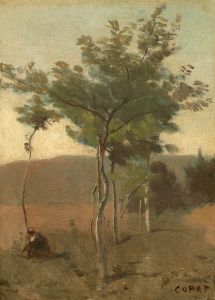
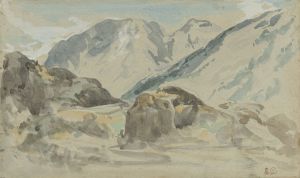
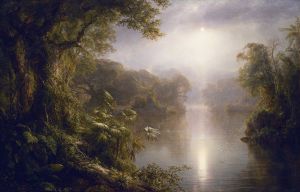
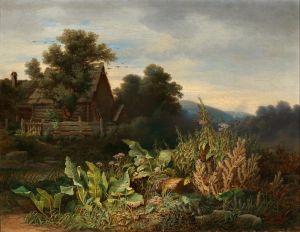
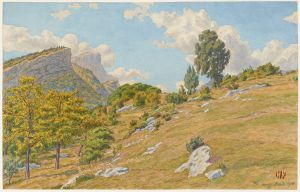
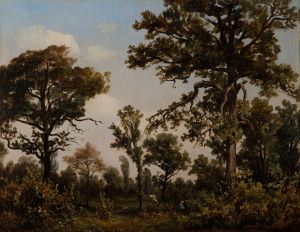

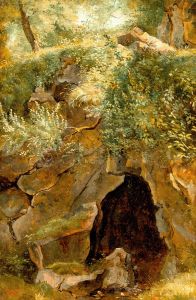
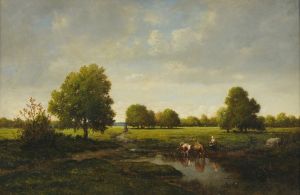

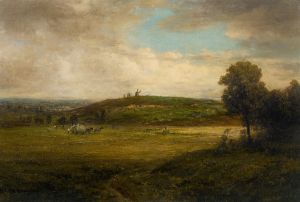
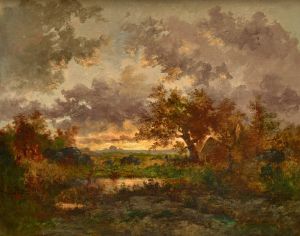
![Le Phare aux signaux [De vuurtoren]](/imgs/265487/s/leon-spilliaert-le-phare-aux-signaux-de-vuurtoren-e990bdd5.jpg)
